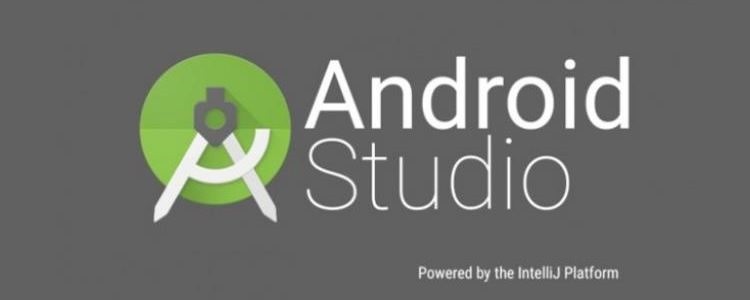
In Android Studio, click the SDK Manager toolbar button. In Eclipse, choose Window > Android > SDK Manager. There are two convenient ways to view permissions, either by sorting apps by permissions or by viewing each app individually. Install Play Services in your IDE Step 1 Open your IDE and start the Android SDK Manager.

Physical activity - access your physical activity logs, such as step count and exercise info.Required for making calls and VoIP, voicemail, call redirect, and editing call logs.

Phone - access your phone number and network info.Nearby devices - whether an app can find, connect to, and determine the position of other nearby devices.Microphone - used for recording audio, including for video.Location - access your location using GPS for high accuracy, and cellular data and Wi-Fi for approximate accuracy.Files and media - access to your files, media, photos, and basically anything else stored on your phone’s memory.Contacts - read, create, or edit your contact list, as well as access the list of all accounts used on your device.Camera - taking photos, recording footage, and streaming video.Call logs - Apps with this permission can read and write phone call logs.Calendar - allows apps to read, create, edit, or delete your calendar events.This change means that apps can now be allowed to search for nearby devices and networks without needing to request access to broader navigational systems. Previously, Wi-Fi and GPS permissions were bundled into a single setting termed 'Location'.

Body Sensors - allows access to your health data and step count from paired heart-rate monitors, fitness trackers, and other sensors. In addition, Android 13 introduces a new permission, NEARBYWIFIDEVICES.Most of Android’s app permissions are self-explanatory, but here’s a breakdown of what each one actually means.


 0 kommentar(er)
0 kommentar(er)
